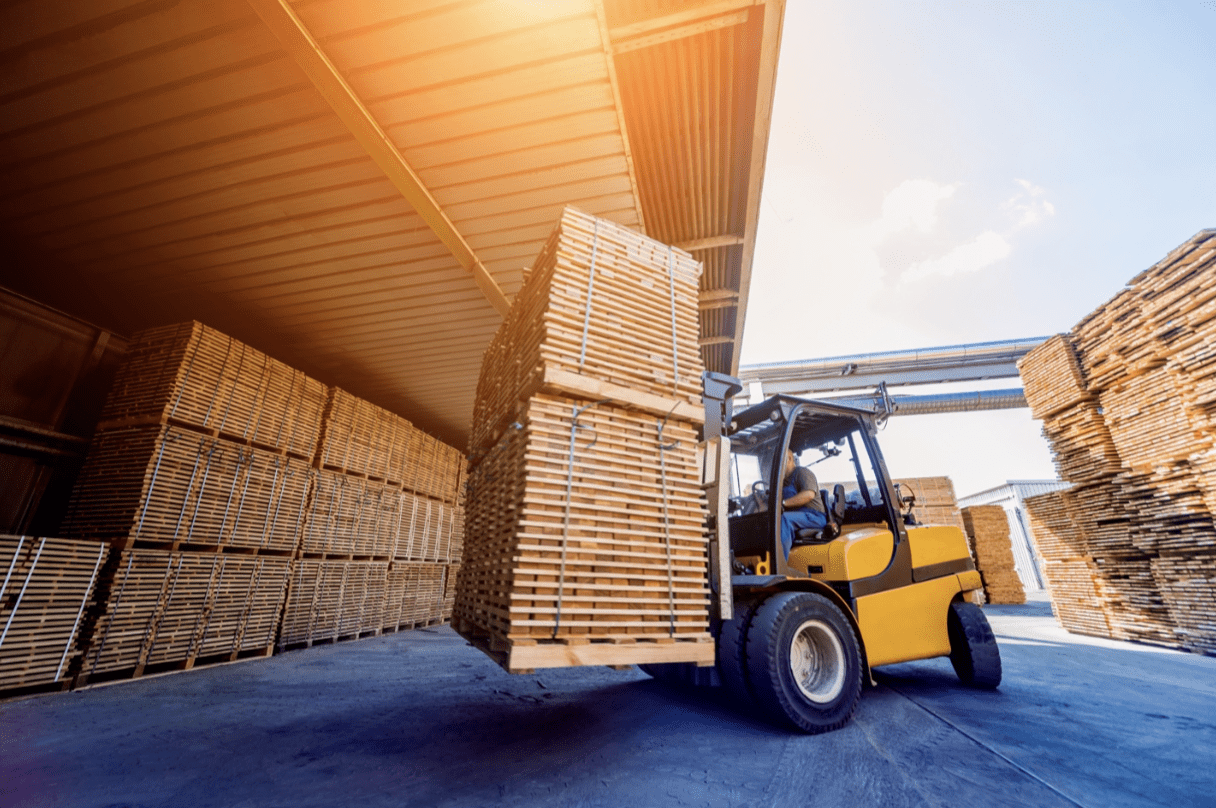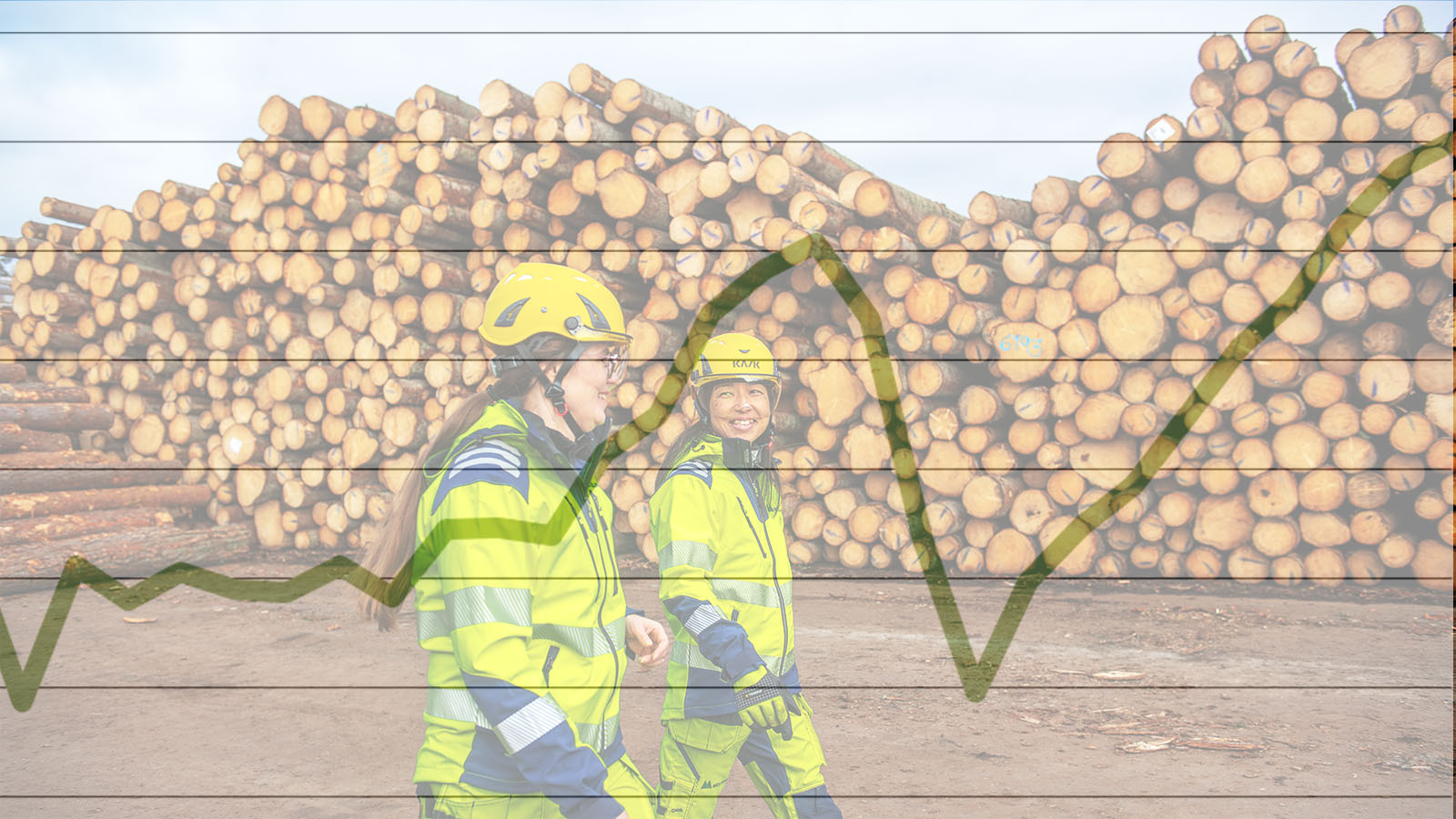- Reaction score
- 6,519
- Points
- 1,090
There are a lot of small gains that can be made quickly.
The tanker station at the end of Transmountain just finished having its navigation buoys fixed up so they can move tankers at night instead of just the day. Clear increase in efficiency. Transmountain as well is looking at adding an additive (near immediate impact) and additional pumps (within the year or two impact) to move more oil at a time. These all taken together are expected to increase the flow to 200-300 thousand more bpd. (approx 22-33% increase in volume).
They also want to dredge to get the Aframax tankers to be able to filled all the way as now they can only be partially filled due to draft issues. That's a longer term project though.
Quebec is looking at a short run to a natural gas terminal in Saugany off the existing line. Thats a multi year project but not a long term one.
BC has changed its market focus for some critical minerals.
Internal trade barriers (at least some of them) are going to be dealt with in a short while, they've already agreed on truck safety and teaching certifications (no announcement but leaks). Alberta and BC have an alcohol agreement again, and I expect Ontario to open up the LCBO for everyones alcohol shortly. A lot of this preliminary stuff is recognizing other provinces standards as acceptable everywhere.
The tanker station at the end of Transmountain just finished having its navigation buoys fixed up so they can move tankers at night instead of just the day. Clear increase in efficiency. Transmountain as well is looking at adding an additive (near immediate impact) and additional pumps (within the year or two impact) to move more oil at a time. These all taken together are expected to increase the flow to 200-300 thousand more bpd. (approx 22-33% increase in volume).
They also want to dredge to get the Aframax tankers to be able to filled all the way as now they can only be partially filled due to draft issues. That's a longer term project though.
Quebec is looking at a short run to a natural gas terminal in Saugany off the existing line. Thats a multi year project but not a long term one.
BC has changed its market focus for some critical minerals.
Internal trade barriers (at least some of them) are going to be dealt with in a short while, they've already agreed on truck safety and teaching certifications (no announcement but leaks). Alberta and BC have an alcohol agreement again, and I expect Ontario to open up the LCBO for everyones alcohol shortly. A lot of this preliminary stuff is recognizing other provinces standards as acceptable everywhere.










